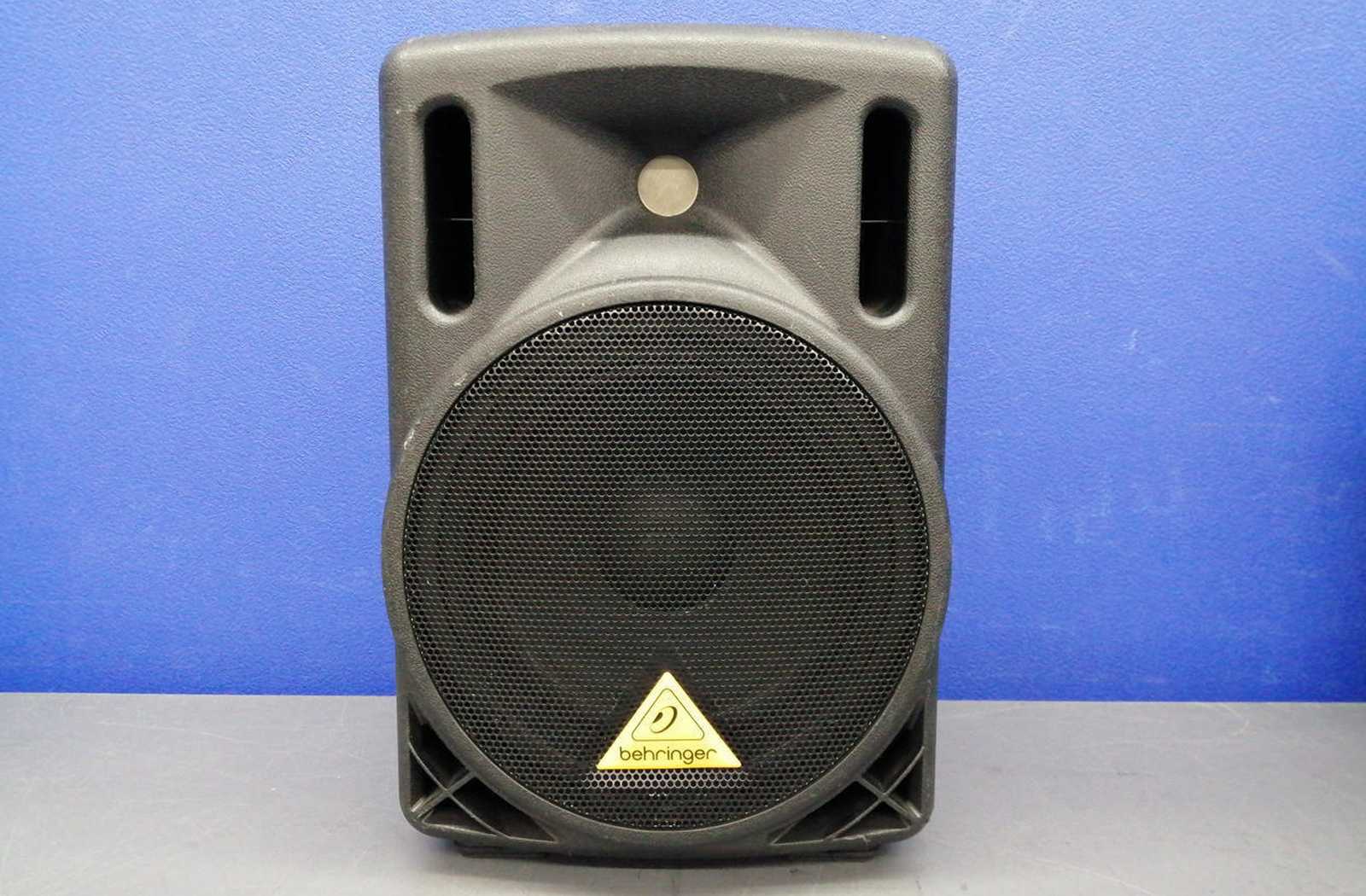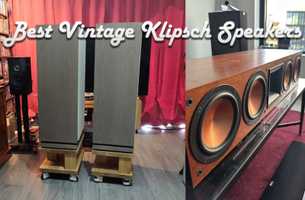Speaker Break-in Is Real

Speaker Break-in Is Real
If you're an audiophile or a professional sound engineer, you may have heard about speaker break-in – the process of allowing a new speaker to reach its full potential through regular use.
The key to understanding how these phenomena work is understanding how your ears hear sound. Your ear can't tell the difference between a high-quality speaker and a cheap one after it has been broken in.
All that matters is whether or not there's enough lower frequency content (bass) to make up for what was missing from the highs during its first few days or weeks of use which means you need more time than just one day with your new speakers before they've reached peak performance!
But is speaker break-in actually a real phenomenon, or is it just a myth?
The short answer is that the speaker break-in is real. When a new speaker is first used, its internal components – including the driver cones and surround materials may not be fully relaxed or seated.
This can result in a speaker that sounds stiff, harsh, or "bright." As the speaker is used over time, the internal components will naturally relax and settle into place, resulting in a smoother, more balanced sound.
How much time does a speaker need to break in?
It can take up to 200 hours for a speaker to break in fully. To help your speakers settle in, begin with background music on a low or modest level. After an hour, bump the volume up for a few minutes, then return the volume back to the background level for the rest of the day. You can repeat this cycle until bedtime.
The best way to know if your new speakers have broken in is by using test CDs like "Burn In CD." This is especially useful because it allows you to hear exactly how loud each channel of sound will be at different volumes and frequencies across all frequencies (bass, mid-range, and treble).
However, it's important to note that the extent of speaker break-in and the length of time it takes will vary depending on the specific speaker and how it is used. Some speakers may show significant improvement after just a few hours of use, while others may take hundreds of hours or more to fully break in.
So, what can you do to help your speakers break in?
The most effective way to break in speakers is to use them regularly, at a moderate volume level. This will allow the internal components to gradually loosen and settle into place. Some people recommend playing music with a wide range of frequencies, as this can help exercise all parts of the speaker.
It's also a good idea to avoid blasting the speakers at high volumes, as this can cause unnecessary wear and tear.
It's worth noting that some people may not notice a significant difference in the sound of their speakers after a break-in. This can be due to a variety of factors, including the speaker design, the quality of the components, and the listener's personal preferences.
However, in general, most people will notice an improvement in the sound of their speakers after they have had a chance to break in.
As you begin the speaker break-in process, it can be helpful to keep a few things in mind:
- Be patient: Breaking in speakers takes time, and it's important to be patient and give your speakers the time they need to reach their full potential. Don't expect to see significant improvements overnight – it may take several days or even weeks to fully break in your speakers.
- Pay attention to the sound: As your speakers break in, pay attention to how they sound. You may notice subtle changes in the tonal balance, clarity, and overall sound quality of your speakers. It's a good idea to take notes or make comparisons to how your speakers sounded before they were broken in.
- Use a variety of music: To help break in your speakers effectively, try using a variety of music with different frequencies and dynamics. This will help exercise all parts of the speaker and help ensure that it reaches its full potential.
- Avoid overloading the speakers: It's important to avoid overloading your speakers, especially during the break-in process. Don't play your music at high volumes for extended periods of time, and be mindful of the power-handling capabilities of your speakers. Overloading your speakers can cause damage and may shorten their lifespan.
- Consider a speaker break-in service: If you're in a hurry to break in your speakers, or if you don't have the time or resources to do it yourself, you may want to consider using a speaker break-in service. These services use specialized equipment and techniques to help speed up the break-in process and ensure that your speakers are ready to perform at their best.
Speaker break-in myths
If you're looking for a quick solution to improve the sound of your speakers, a speaker break-in is something that you should consider. But before we get into what this process is and how it works, let's take a look at some of the myths about it:
· Myth: Speaker break-in only applies to high-end audio equipment such as home cinema systems or studio monitors.
· Myth: It takes 48 hours for every speaker pair to go through this process so if they're not broken in on day one then they won't sound any better after being burned in.
· Myth: Burn-in services can only be performed at an audio shop near me so there's no point in trying it myself because I don't have access to their equipment! If only science could answer these questions...
Conclusion
In conclusion, a speaker break-in is a real and important process that can help your speakers reach their full potential.
By using your speakers regularly at a moderate volume level, you can help them break in and enjoy the best possible sound quality.
Whether you're a casual listener or a professional sound engineer, taking the time to break in your speakers can be well worth the effort.




